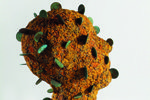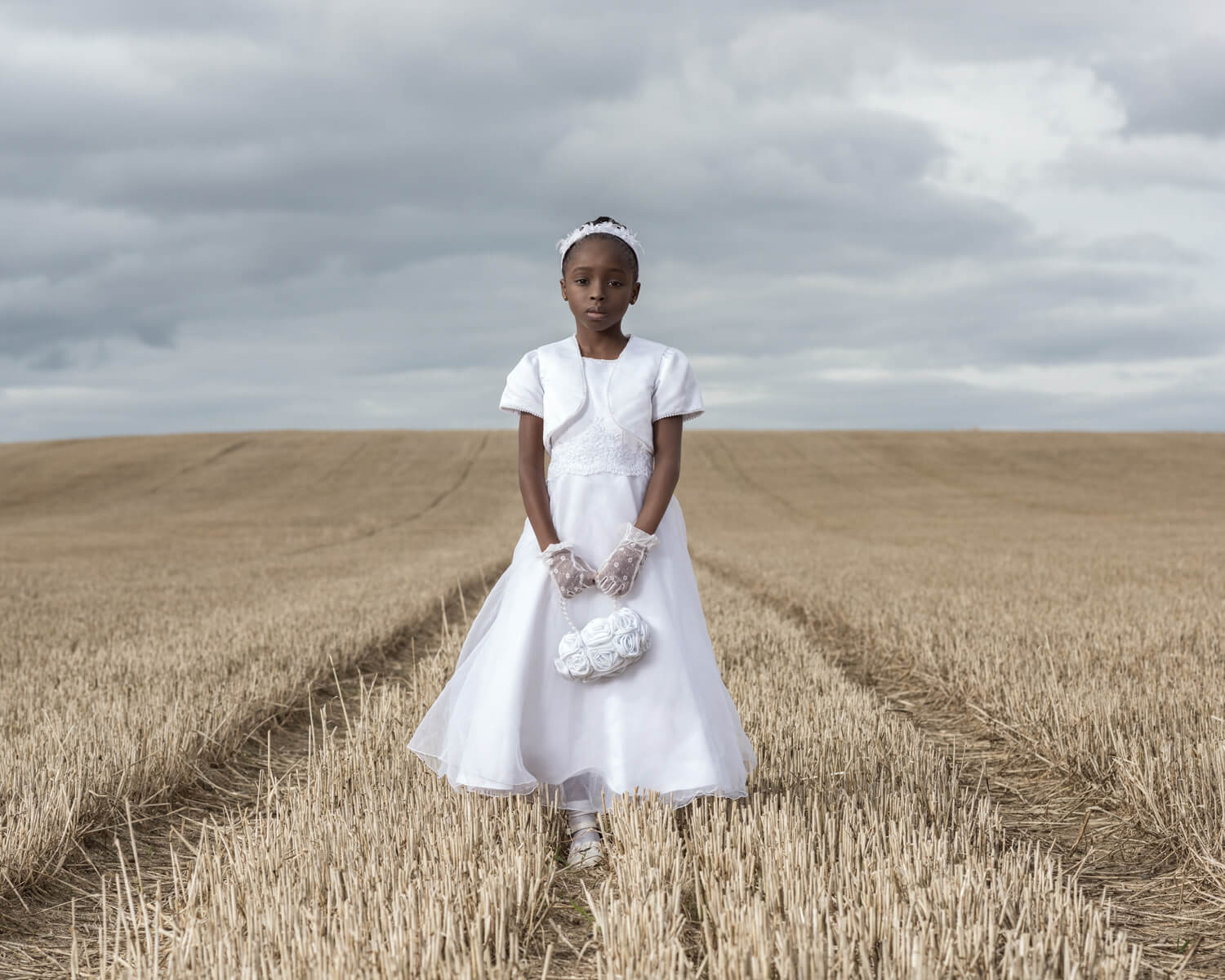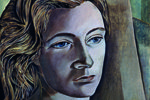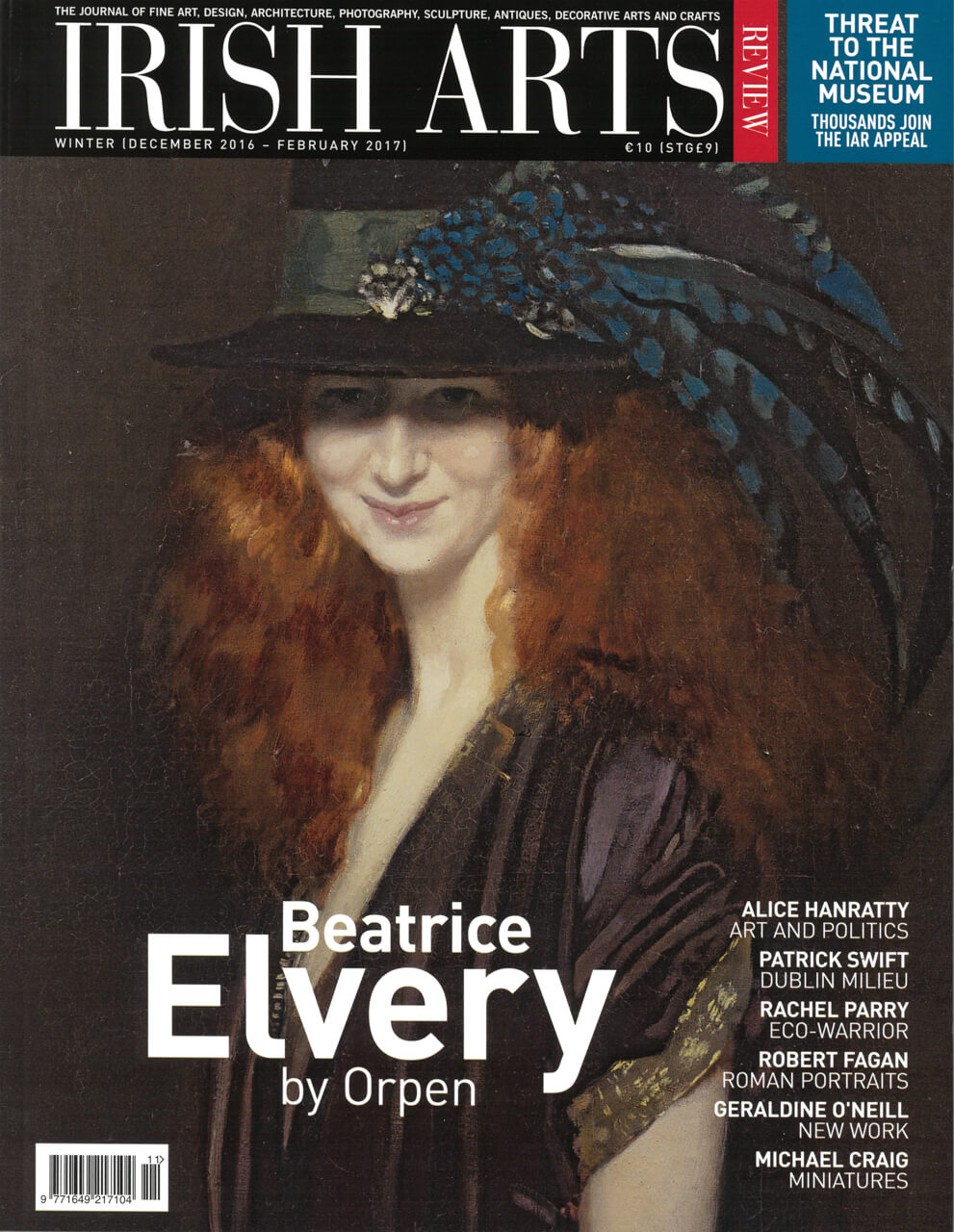
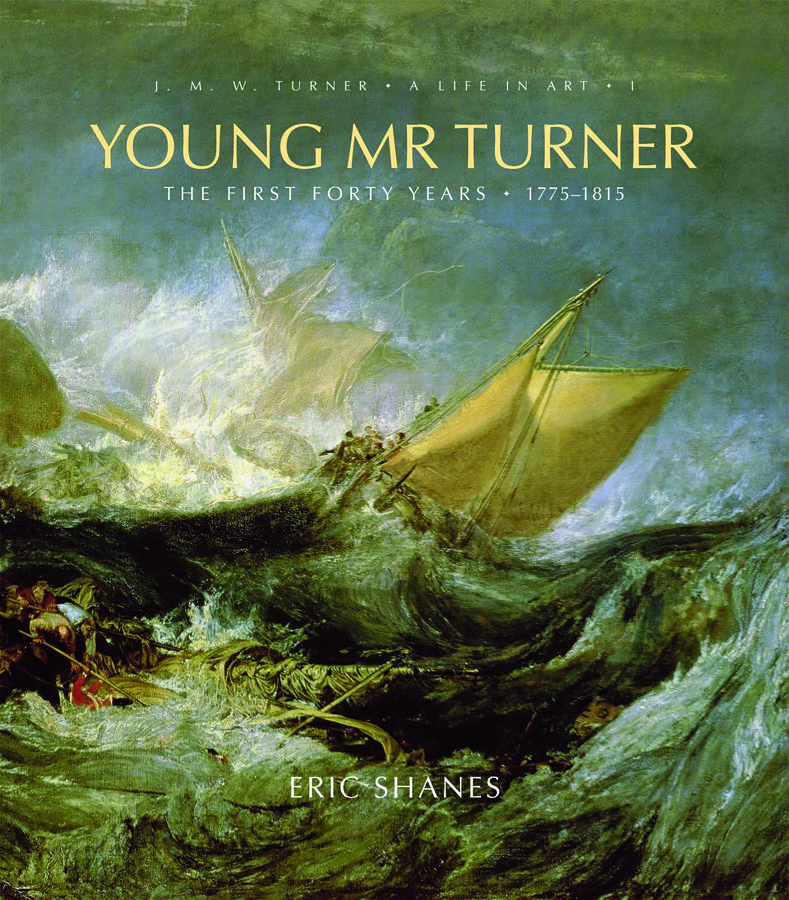 ERIC SHANES
ERIC SHANES
Yale Books 2016
pp 552 fully illustrated h/b
€135.00/ £85.00 ISBN: 9780300140651
Anne Hodge
‘He lived to paint.‚’ So begins chapter one of Eric Shanes‚’ vast biography of Turner which focuses on the artist’s first forty years from his birth in 1775 until 1815 when he was at the height of his powers, regarded by his peers as an unmatched landscape and marine artist.
An independent art historian and vice- president of the Turner Society, Eric Shanes has devoted his career to studying Turner’s life and work. His ongoing interest stems from his appreciation of Turner’s ‘intense sense of the beauty of the world, his sense of almost cosmic scale and grandeur, his unsurpassed awareness of detail and his amazing technical virtuosity ‚Ķ‚’
This lavishly illustrated volume is laid out as a chronological biography. It illuminates aspects of Turner’s personal life, but this information is underpinned always by wide-ranging analyses of his paintings, drawings and prints and exploration of the motivations behind their creation. The inclusion of copious colour illustrations ensures that it stands out from other worthy and interesting text-only biographies published since Turner’s death in 1851. Images of drawings and paintings in private collections, which do not appear in Andrew Wilton’s 1979 catalogue raisonné, abound. The index is incredibly detailed with useful sub-headings. The entry under ‘Turner, Joseph Mallord William‚’ is divided into sections including: ‘Print Series and Book Projects‚’, ‘Perspective Lectures‚’ and ‘Works‚’.
It is written in a readable style with enjoyable anecdotes. We learn that Turner’s first years were spent in a small house in Covent Garden beside a noisy drinking den ‘The Cider Cellar‚’. The text is enlivened by many unfamiliar portraits, including a 1792 watercolour by George Dance showing him as a sullen teenager with lank hair. A print by his teacher, the topographical draftsman Thomas Malton (brother of James, famous for his views of Dublin), depicts a young boy sprawled on the pavement with paper and quill pen, drawing the surrounding buildings. Turner’s precocious talent was encouraged by his father William, a barber, who would transform his shop window into a gallery to display and sell his young son’s watercolours and drawings. William Turner was very focused on money and later in life Turner told some friends: ‘Dad never praised me for anything but saving a half-penny!‚’
Like his father, Turner was a canny man of business and quickly became a sought after artist. Aged 19 he had enough disposable income to put £200 into government stocks (the average labourer’s annual wage was £26), and twenty years later he had amassed a fortune of over £10,000. For the first time, through in-depth research into the Bank of England’s archive, a precise outline of Turner’s finances has been laid down.
At times the author relies a little too much on conjecture, with the words ‘possibly‚’, ‘probably‚’, and ‘in all likelihood‚’ used liberally, particularly in the early chapters. This is a small criticism when compared with the huge amount of valuable information and insight provided. The level of detail is astonishing. We learn that Turner painted fewer oils in 1814 due to the pressures of building his new house near Twickenham and publishing his great print series the Liber Studiorum. Shanes appears to document every recorded moment of Turner’s life, from the fuss he made when he felt the Royal Academy’s hanging committee hung his dramatic painting Hannibal Crossing the Alps too low at the 1812 exhibition, to the loss of a portfolio of drawings. He pleaded for their safe return in an advertisement in the Morning Chronicle. They were returned, thanks to a notice placed in the same newspaper that mentioned the discovery of a folder of ‘waste paper of little value‚’ in a hackney cab.
Young Mr Turner is a valuable book for scholars and those with a professional interest in this great British artist. But, given the accessible writing style and numerous fascinating illustrations, it will be of interest to the general reader too. I would advise anyone acquiring this book to also invest in a bookstand. Otherwise, given its great size and weight, reading it may prove a rather uncomfortable experience!
Anne Hodge is Curator of Prints and Drawings at the National Gallery of Ireland.

